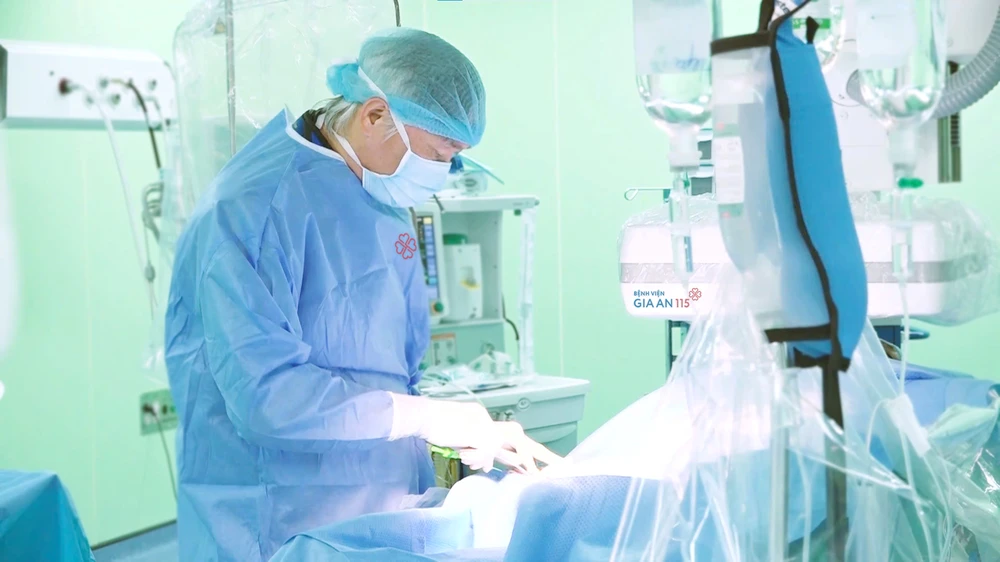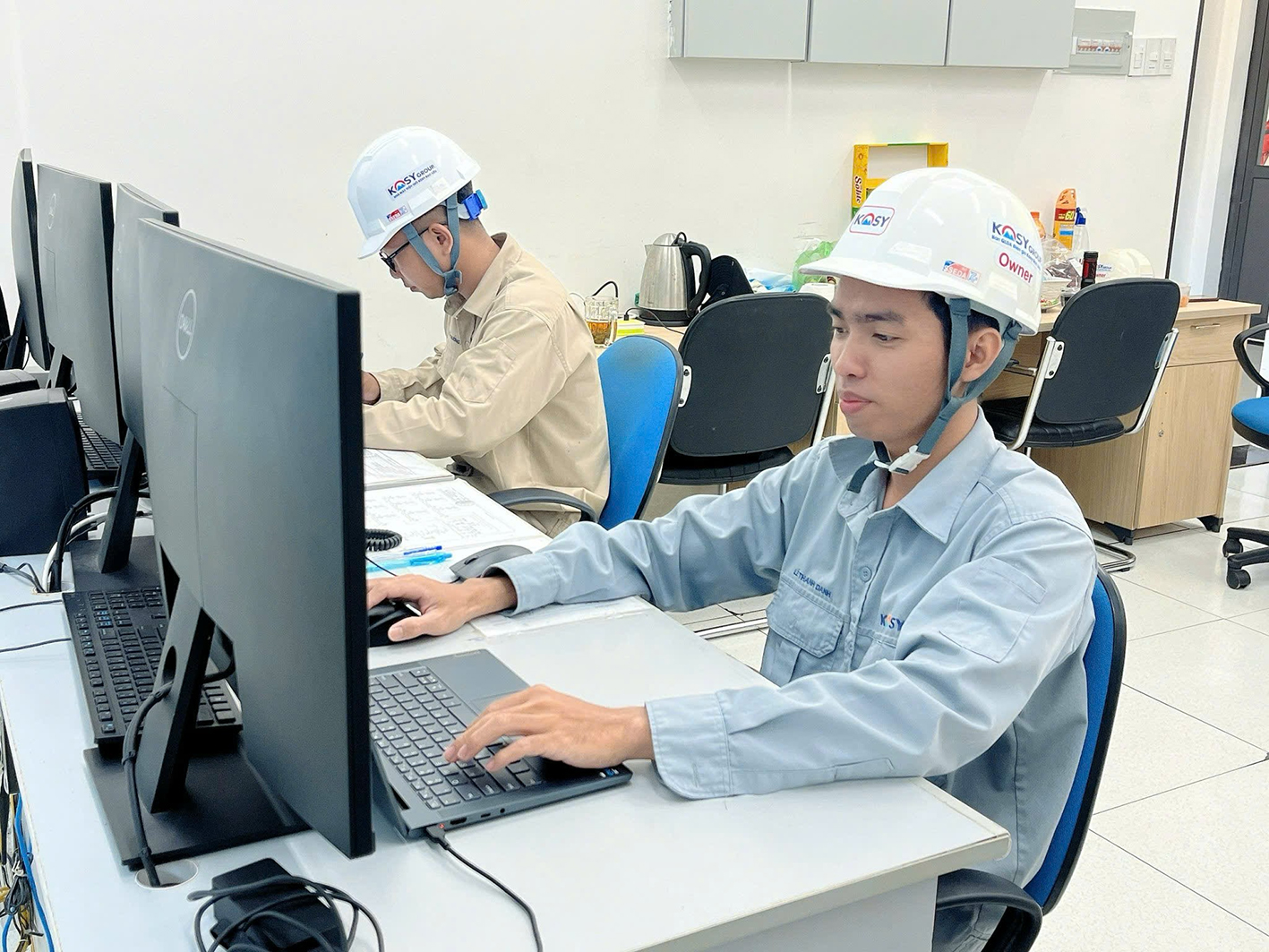
On March 14, Gia An 115 Hospital announced that it had successfully placed a micro-wireless pacemaker into the right ventricle of Mr. NVT (86 years old, living in Dong Nai province) with a slow heart rate and many underlying diseases such as high blood pressure, lipid disorders, gastroesophageal reflux and gout.
Previously, in mid-February 2025, due to fatigue, poor appetite and severe chest pain, his family took him to Gia An 115 Hospital for examination. Here, after performing the necessary clinical tests, the doctor diagnosed Mr. NVT with sinus bradycardia - a type of slow heart rhythm disorder that increases the risk of heart failure, sudden cardiac arrest and blood clots that can cause the patient to have a stroke or sudden death at any time.
After carefully assessing the patient's condition and discussing with the patient's relatives, Dr. Duong Duy Trang, Deputy Director of Internal Medicine and Head of the Department of Internal Medicine - Interventional Cardiology at Gia An 115 Hospital, placed a micro-wireless pacemaker via catheter (TPS) for the patient. The device is inserted directly into the patient's right ventricle through a catheter from the femoral vein, without the need for a wire.
The intervention only lasted 30 minutes, helping the patient's heart rate to remain stable immediately after the intervention. Just one day later, the patient was able to walk easily. The patient continued to receive medical treatment for the underlying disease and was discharged in stable condition.
According to Dr. Duong Duy Trang, there are currently 3 types of pacemakers: single-chamber pacemaker, dual-chamber pacemaker and wireless pacemaker. Of these, wireless pacemaker is the most advanced technology. With a compact design (0.8 cc), weighing only 2g, this device is 93% lighter than a conventional pacemaker (28g).
Unlike traditional pacemakers, the device does not require electrodes or a component placed under the skin, thereby reducing the risk of implant infection, hematoma or electrode breakage – complications commonly encountered when patients use pacemakers with leads.
Source: https://www.sggp.org.vn/cay-thanh-cong-may-tao-nhip-tim-khong-day-sieu-nho-cho-cu-ong-post785921.html







































Comment (0)